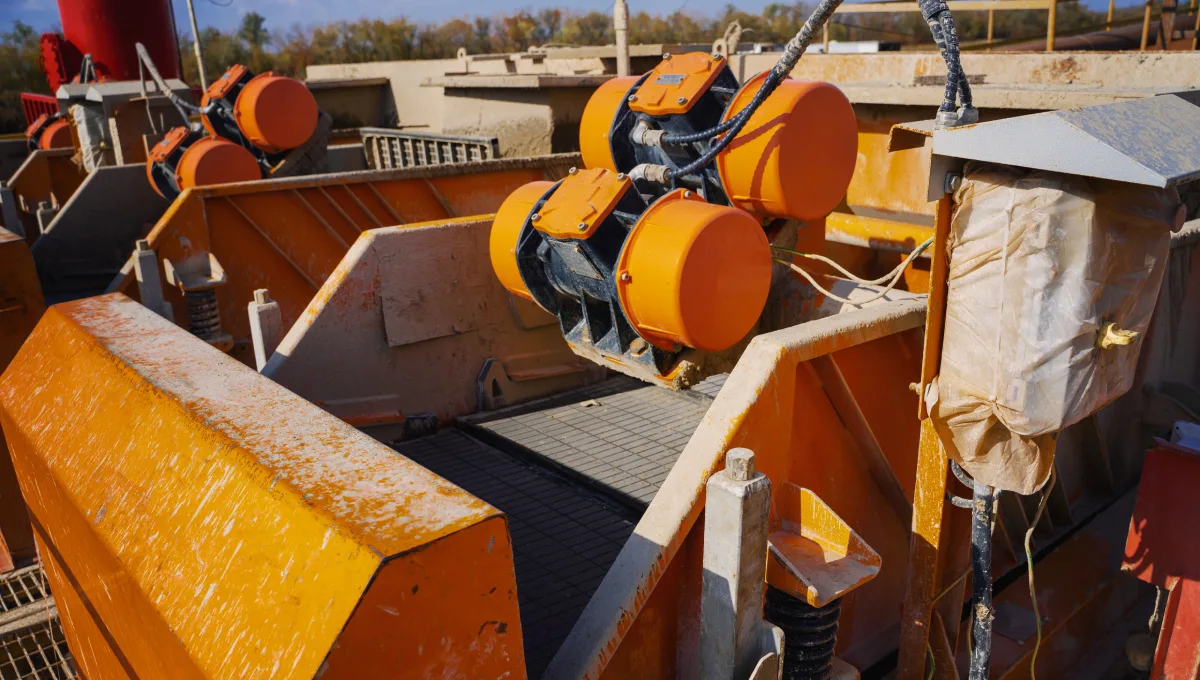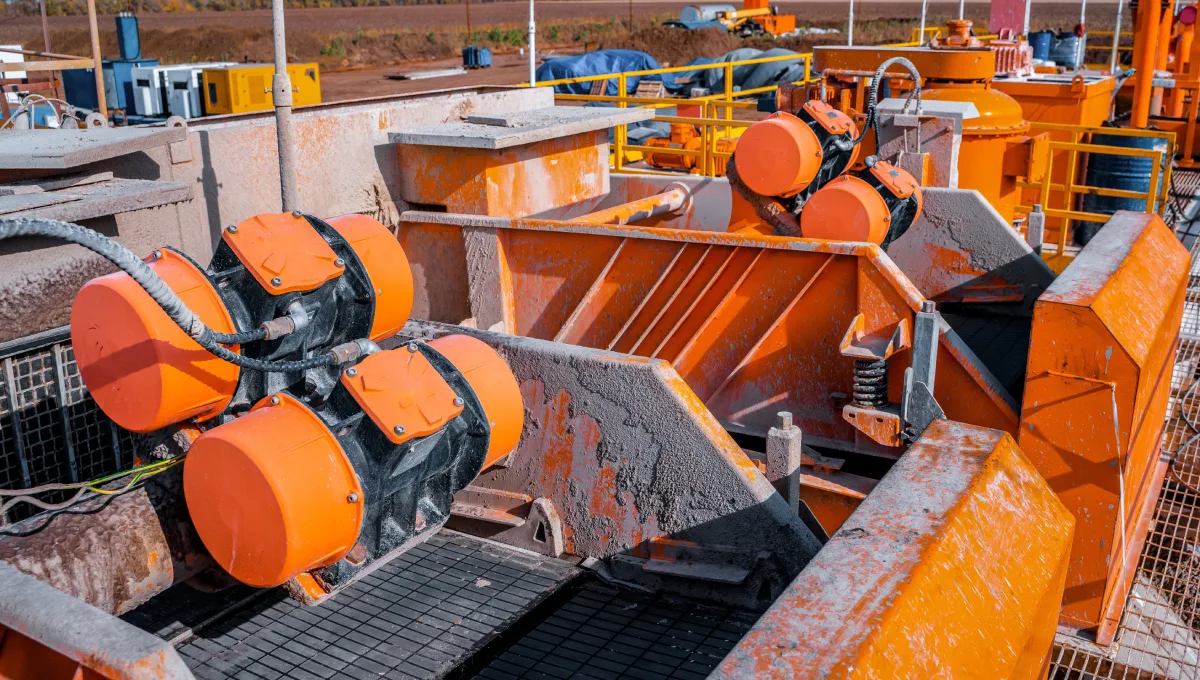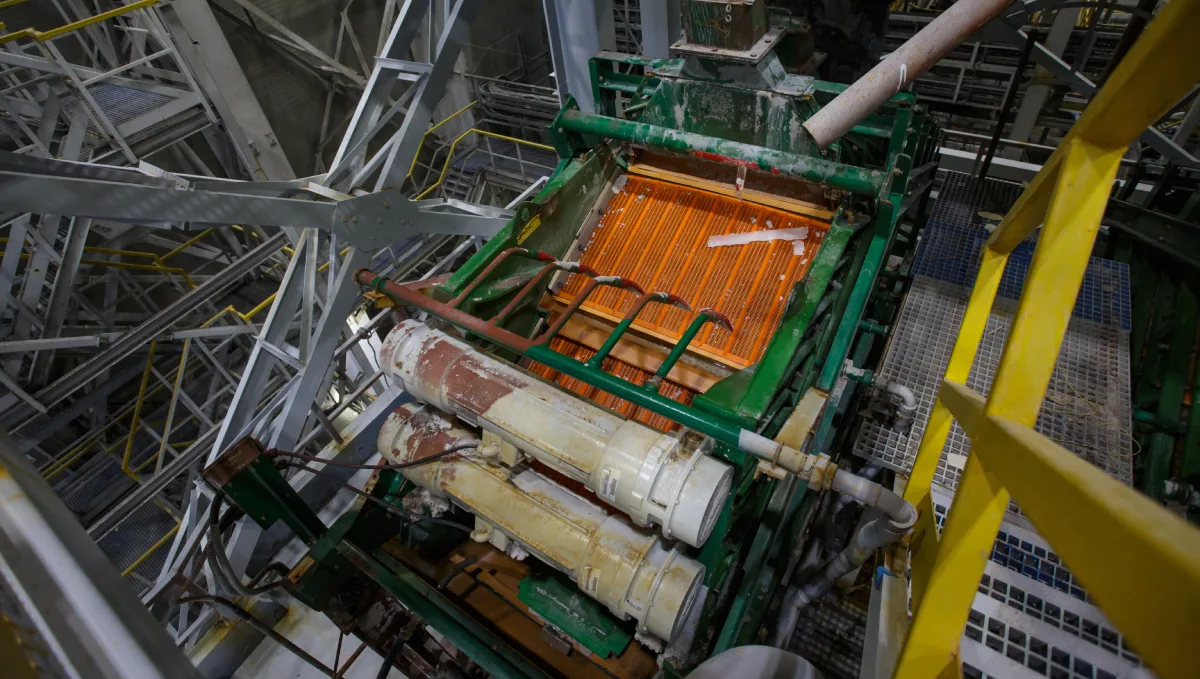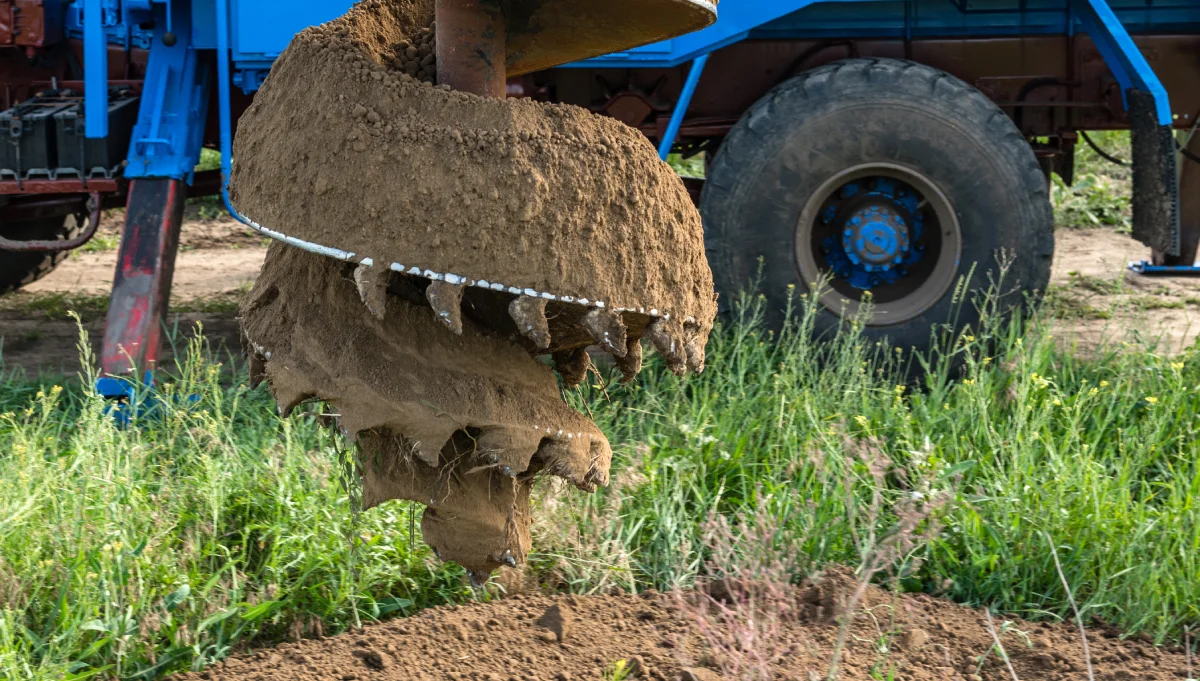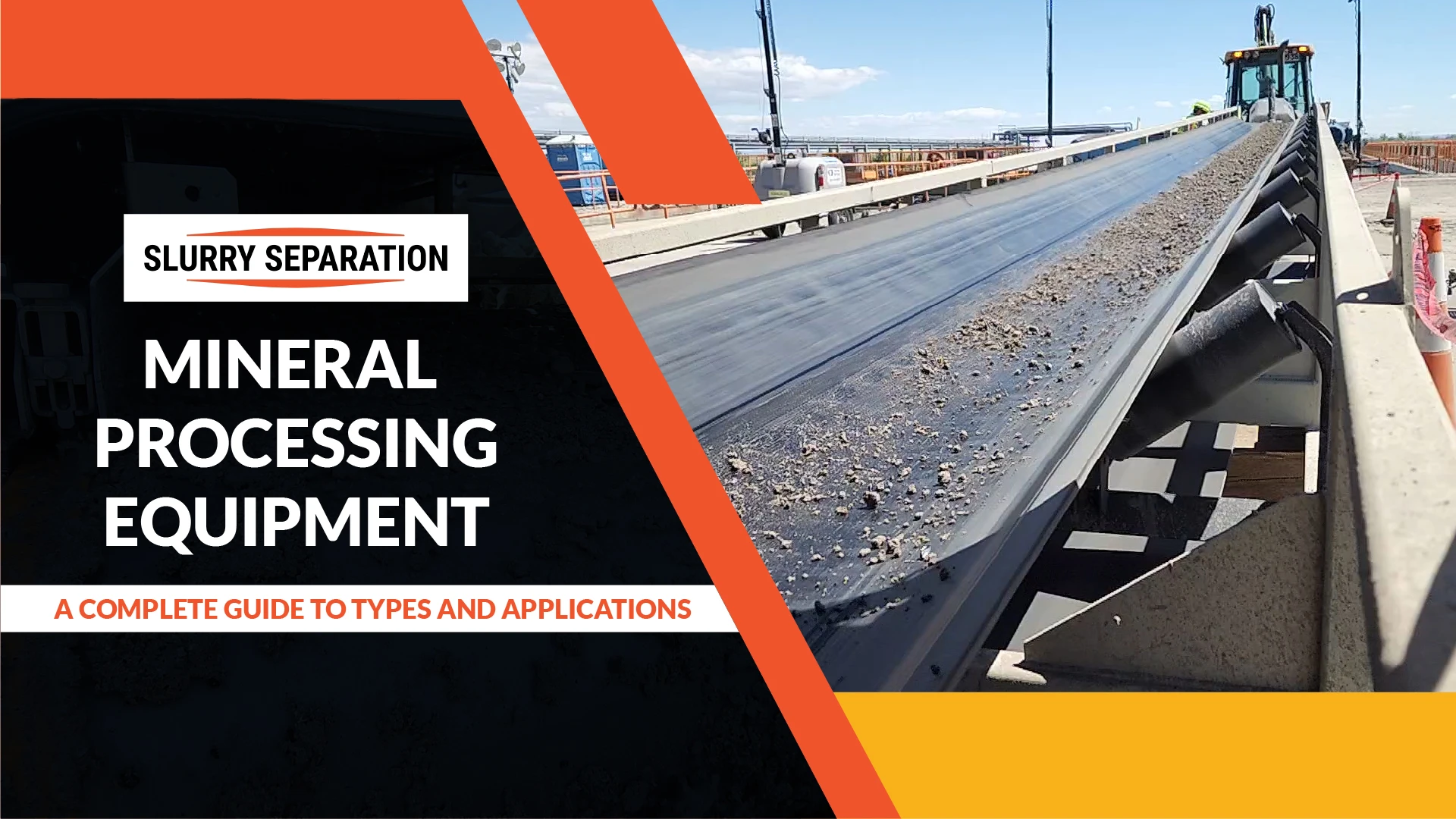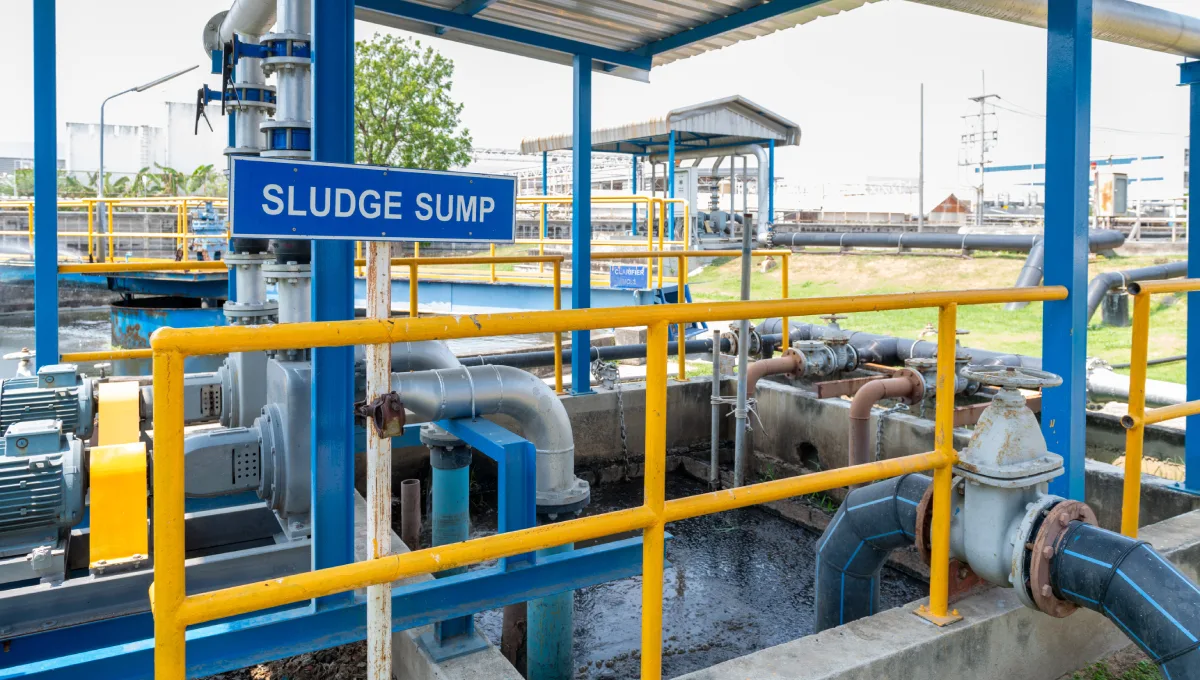- Understanding Shale Shaker Screens
- Shale Shaker Screen Sizes Explained
- How Screen Size Impacts Drilling Efficiency
- Cost Implications of Proper Screen Selection
- Matching Screen Sizes to Drilling Conditions
- Best Practices for Screen Maintenance and Lifecycle Optimization
- Innovations in Shale Shaker Screen Technology
- Conclusion
Efficient drilling operations depend on robust solids control systems that ensure drilling fluids are properly processed, reused, and kept free of harmful solids. At the core of this process is the screen shale shaker, the first and most essential line of defense in separating drilled solids from the circulating fluid before it continues through the system.
Shale shakers use vibrating screens to separate solids from liquids, allowing clean drilling mud to pass through while retaining cuttings on the surface. The shale shaker screen sizes significantly influence the effectiveness of this process. These screens must be selected precisely based on formation characteristics and fluid properties to ensure maximum separation and flow capacity.
Choosing the correct shale shaker screen sizes is not just a technical requirement. It’s a strategic financial decision. The wrong screen can lead to fluid losses, screen blinding, and unnecessary wear on pumps and downstream equipment. On the other hand, selecting the best shale shaker screen for your operation helps reduce maintenance costs, extend equipment life, and improve fluid recovery.
This blog is tailored to help engineers, operators, and industrial pump companies understand how to optimize drilling efficiency by choosing the right screen, turning a small decision into a major operational advantage.
Understanding Shale Shaker Screens
What is a Shale Shaker Screen?
A shale shaker screen is a critical component of the solids control system in drilling operations. It consists of a mesh panel mounted onto a vibrating platform. As drilling fluid flows over the screen shale shaker, solids such as rock cuttings are separated and held on the mesh surface, while clean fluid passes through and is recirculated back into the wellbore system.
These screens are installed on shale shakers located downstream of the flowline, capturing solids immediately as fluid exits the well. Shale shaker screen sizes vary widely to accommodate different formation types, flow rates, and drilling fluid properties. Typically made from stainless steel mesh, screens may also include multiple layers and a metal or composite frame for structural integrity.
Types of Shale Shaker Screens
Several types exist based on application and shaker model:
- Hook Strip Screens – Traditional, used in older shaker designs.
- Pretensioned Panel Screens – Pre-mounted and rigid for easy replacement.
- Pyramid and Flat Panel Screens – Pyramid styles offer increased screen area; flat panels provide even mesh contact.
- Composite vs. Steel Frames – Composite options provide longer life and greater durability.
Choosing the best shale shaker screen and matching it to the right shale shaker screen sizes is essential to ensure optimal performance, durability, and cost savings.
Shale Shaker Screen Sizes Explained
API Screen Designation and Mesh Size
The American Petroleum Institute (API) developed the RP 13C standard to provide a uniform method for classifying shale shaker screen sizes. This classification allows operators to compare screens across manufacturers using consistent performance metrics.
- API Number: Indicates the D100 cut point, the particle size at which 100% of similarly sized particles are removed. Higher API numbers mean finer separation.
- Mesh Count: Refers to the number of openings per linear inch. However, it doesn’t always correlate directly with the API number due to wire diameter and construction differences.
- D100 Separation: Offers a measurable comparison of separation efficiency.
- Conductance: Reflects how easily fluid flows through the screen. Finer mesh may reduce conductance but increase solids removal.
Understanding these attributes is essential to choosing the best shale shaker screen for your application, balancing efficiency with fluid flow.
Screen Dimensions and Area
Shale shaker screen sizes vary depending on shaker models and application. Common dimensions include 585 × 1165 mm and 635 × 1250 mm. Larger screens or pyramid-style designs provide more non-blanked area, increasing effective screening capacity.
- Non-Blanked Area: Usable mesh surface that contributes to separation.
- Flow Capacity: Larger screens offer greater throughput and reduce strain on downstream systems, improving overall mud quality.
Comparing Coarse vs. Fine Mesh Screens
- Coarse Screens (API 40–100): Ideal for early-stage drilling, removing large solids.
- Fine Screens (API 120–325): Used when preserving fluid integrity is critical.
Selecting the right screen shale shaker configuration and mesh range ensures better fluid handling, less equipment wear, and cost-effective drilling performance.
How Screen Size Impacts Drilling Efficiency
Solids Separation Efficiency
The primary role of shale shaker screens is to achieve efficient solids separation at the earliest point in the drilling fluid cycle. Properly matched shale shaker screen sizes help remove a higher percentage of drilled solids on the first pass, reducing the solids burden on the rest of the system. This maximizes fluid recovery, improves circulation, and prevents unnecessary overloading of desanders, desilters, and centrifuges.
When the screen shale shaker efficiently separates solids, the entire solids control system becomes more effective, resulting in cleaner mud and fewer system bottlenecks.
Protection of Downstream Equipment
Residual fine solids in drilling fluid can cause significant wear to high-value components:
Centrifuges and industrial pumps may suffer erosion damage.
Desanders and desilters experience higher maintenance needs.
Mud motors and MWD tools are at risk of premature failure.
Selecting the best shale shaker screen helps protect these downstream assets, extending their service life and reducing costly interruptions.
Improved Drilling Fluid Properties
Effective solids control also preserves drilling fluid properties. By using the right shale shaker screen sizes, operators minimize solid contamination, helping maintain proper fluid viscosity, weight, and rheology. This enhances downhole pressure control, improves bit cooling, and ensures efficient cuttings transport, all critical factors for a successful and cost-effective drilling operation.
Cost Implications of Proper Screen Selection
Direct Cost Savings
Selecting the correct shale shaker screen sizes plays a critical role in controlling drilling costs. One of the most immediate benefits is the reduction in drilling fluid consumption. When solids are efficiently removed at the screen shale shaker, the mud remains cleaner. It requires fewer chemicals and additives to maintain its properties, leading to substantial savings throughout a project.
Another major factor is equipment longevity. Cleaner fluids cause significantly less wear on pumps, valves, and other high-value components. By limiting abrasive solids in the system, maintenance frequency drops, and equipment service life is extended.
Properly matched screens also enhance screen durability. The right shale shaker screen sizes reduce the chance of screen blinding or rapid wear, minimizing the number of screen changes needed. While a single screen replacement may seem minor, costs quickly add up across a multi-well program. Choosing the best shale shaker screen for your application helps prevent premature failures and fluid loss, both of which can be costly.
Indirect Cost Benefits
The indirect benefits of screen optimization are equally compelling. Improved solids control leads to fewer unplanned shutdowns, minimizing Non-Productive Time (NPT). Drilling rates improve when cleaner mud helps the bit cut more efficiently and consistently. Over time, these gains translate into a significantly lower cost per foot drilled.
In short, strategic screen selection at the shaker is one of the simplest, most cost-effective decisions an operator can make to increase profitability and reduce operational risk.
Matching Screen Sizes to Drilling Conditions
Factors to Consider
No two wells are exactly alike, and selecting the proper shale shaker screen sizes requires a detailed understanding of site-specific variables. One of the most important considerations is formation type. Hard rock formations typically produce larger, more angular cuttings, making coarser screens more suitable. Softer or unconsolidated formations yield finer solids, which demand finer mesh screens to prevent recirculation.
Fluid properties are another key factor. High-viscosity or weighted muds often require more open screens to prevent pooling and maintain adequate flow. Finally, the screen shale shaker itself plays a role. Dual-deck or high-G-force shakers can accommodate more aggressive separation and a wider range of screen types, influencing screen selection.
Customizing Screens for Well Conditions
Many operators customize screen setups in real time to adapt to changing downhole conditions. Multi-deck shakers are commonly used, with coarse mesh screens on the upper deck to capture large cuttings and finer screens below for final separation.
Field testing is also crucial. Running different shale shaker screen sizes in the field helps determine the optimal API number for specific formations. Some operations benefit from alternating screen configurations throughout the drilling process to maintain efficiency.
Choosing the best shale shaker screen means aligning screen characteristics with field conditions. This customized, responsive approach enhances solids control, minimizes fluid loss, and supports more efficient, cost-effective drilling.
Best Practices for Screen Maintenance and Lifecycle Optimization
To get the most value out of your investment in shale shaker screen sizes, proactive maintenance and handling practices are essential. A well-maintained screen delivers consistent performance, reduces downtime, and extends equipment life.
Start by monitoring screen performance during operations. Look for common signs of degradation, such as screen blinding, where fine solids clog the mesh; fluid bypass, which indicates damaged or poorly seated screens; and an increase in solids observed in downstream equipment. These are clear indicators that maintenance or replacement is needed.
Proper installation is also critical. Ensure each screen shale shaker panel is correctly tensioned, aligned, and secured. Loose or misaligned screens can vibrate excessively, leading to early failure or damage to the shaker bed.
Handling and storage practices significantly affect screen life. Store screens in a dry, upright position away from mechanical damage or moisture to preserve their structural integrity.
Just as important is knowing when to replace screens. Even if a screen looks intact, its separation efficiency may be compromised over time. Using a worn-out screen can lead to poor fluid quality and increased wear on downstream components.
By understanding the impact of shale shaker screen sizes and following these best practices, you’ll not only extend the life of the best shale shaker screen but also maintain peak operational efficiency throughout your drilling program.
Innovations in Shale Shaker Screen Technology
As drilling operations become more demanding, innovations in shaker screen technology have evolved to meet the challenge. These advancements are reshaping how operators select, manage, and benefit from various shale shaker screen sizes in the field.
One of the most impactful developments is the introduction of composite frame screens. These frames are lighter, more durable, and highly resistant to corrosion. Their extended service life translates into fewer screen changes, reduced downtime, and lower total cost of ownership, making them a top contender for the best shale shaker screen option available.
Self-cleaning meshes have also become a game-changer, particularly in sticky or high-clay content formations. These screens actively reduce blinding by allowing solids to clear off the mesh during vibration, helping to maintain high conductance and consistent performance.
Another major leap is anti-blinding technology, which incorporates flexible mesh layers that move independently. This design helps dislodge stuck solids automatically, especially when used on a high-G-force screen shale shaker.
Finally, digital monitoring systems now allow operators to track screen performance in real time. These sensors measure screen wear, separation efficiency, and fluid loss, providing valuable data for proactive maintenance and optimized screen selection.
Together, these innovations enhance the value and capability of modern shale shaker screen sizes, offering improved efficiency, reliability, and cost control across drilling operations.
Conclusion
Selecting the correct shale shaker screen sizes is far more than a technical specification. It’s a strategic lever for reducing drilling costs, improving operational efficiency, and safeguarding critical equipment. The screen shale shaker is the first point of contact for separating solids from drilling fluid, and its performance directly influences every downstream component in the solids control system.
By understanding the importance of proper screen selection, operators can significantly reduce mud losses, improve cuttings handling, and maintain consistent drilling fluid quality. Whether drilling through soft formations that require finer mesh or harder rock formations that produce larger cuttings, using the right shale shaker screen sizes ensures optimal separation and fluid flow.
Investing in the best shale shaker screen also pays dividends over the long term. Advanced designs such as composite frames, anti-blinding mesh, and self-cleaning layers help reduce downtime and extend screen life. When combined with best practices in installation, handling, and maintenance, these innovations ensure that each screen shale shaker run delivers peak performance and maximum return on investment.
Moreover, customizing screen configurations to fit specific well conditions adds an extra layer of control and efficiency. Field-proven approaches like running multi-deck shakers or alternating screen mesh sizes during drilling give operators the flexibility to adapt in real time.
As solids control continues to advance, shale shaker screen sizes will remain at the center of performance optimization. Choosing the best shale shaker screen is not just a smart operational decision. It’s a proactive step toward lower costs and better outcomes.


